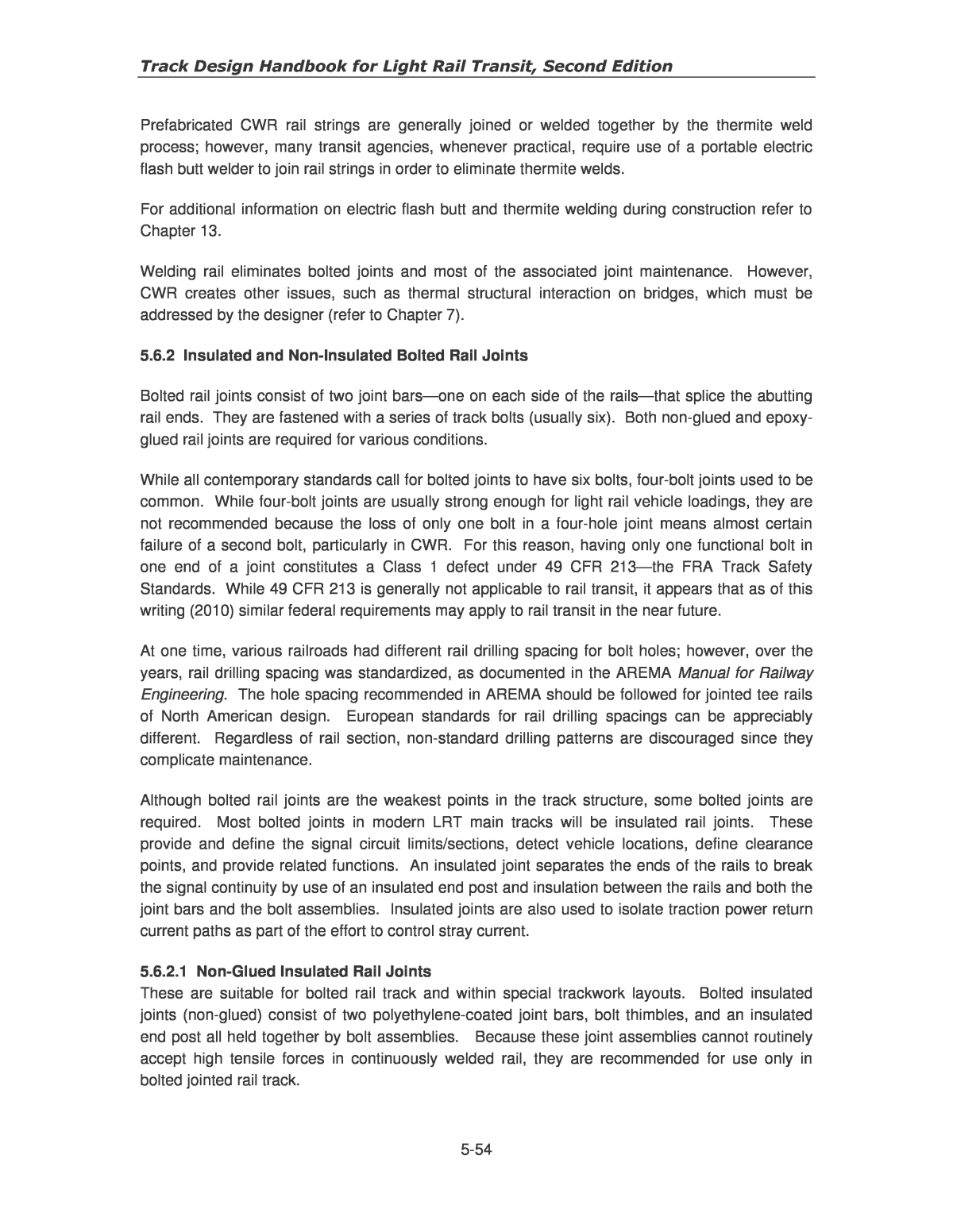DescriptionEngineered polymer composite ties offer a potential alternative to solid sawn timber ties, particularly in areas of high rot and high decay. Through research collaboratively sponsored by the Federal Railroad Administration and the Association of American Railroads, Strategic Research Initiatives Program, EPC ties are being studied to improve design and testing recommendations published in the AREMA Manual for Railway Engineering, Chapter 30: Ties.
As EPC ties are made primarily out of plastic, their material properties and behavior differ significantly from timber ties. EPC ties have been implemented successfully in select cases; however, they have an inconsistent performance history. Failure modes of EPC ties have primarily included spike-hole cracking and center cracking. Existing laboratory qualification testing procedures have not proven effective in identifying these failure modes prior to in-track installation, highlighting the need for further study and improved methods. Recent research has led to an improved understanding of how EPC tie and fastener systems perform and how they should be tested.


Updates to EPC tie lateral resistance, bending strength, bending stiffness, and fastening system recommendations are discussed including two new ballots based on this research that were approved for the 2018 AREMA Manual. Ongoing work related to the effects of thermal expansion/contraction of EPC ties and the development of two new EPC tie laboratory fatigue tests is also presented. Ultimately, the research-driven testing methods and best practices being implemented will serve as tools for suppliers and railroads to evaluate the performance and consistency of improved EPC tie and material designs.

Arema Manual Railway Engineering. 2014 Manual for Railway Engineering - AREMA - American 2014 manual for railway engineering. The table of contents are provided as information only.
Current Edition - 2017 Released each April - Annual Publication The Manual for Railway Engineering (MRE) is an annual publication released every April. The Manual consists of more than 5,000 pages of railway engineering reference material, the recommended practices for the industry. It contains principles, data, specifications, plans and economics pertaining to the engineering, design and construction of the fixed plant of railways (except signals and communications), and allied services and facilities. The material is developed by AREMA technical committees and is published as a guide to railways in establishing their individual policies and practices relative to the subjects, activities and facilities covered in the Manual, with the aim of assisting them to engineer and construct a railway plant which will have inherent qualities of safe and economical operation as well as low maintenance cost. Chapters are grouped into four general categories, each in a separate volume: Track.
Structures. Infrastructure and Passenger. Systems Management.
Arema Manual Download
- The AREMA Manual is not a maintenance manual per se since the development of standards or criteria for the maintenance of railway roadway. Principle or practice recommended to the railways for use as required.
- Jun 18, 2018 - AREMA Manual. • WSDOT Railroad Liaison Engineer. • The Railroad. For highway over railway grade separations, the top of.